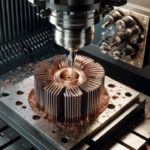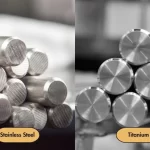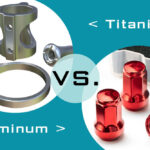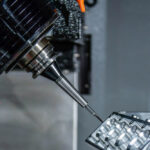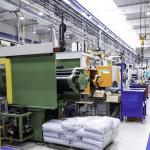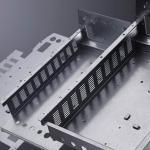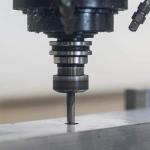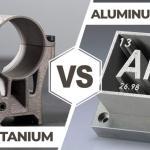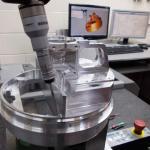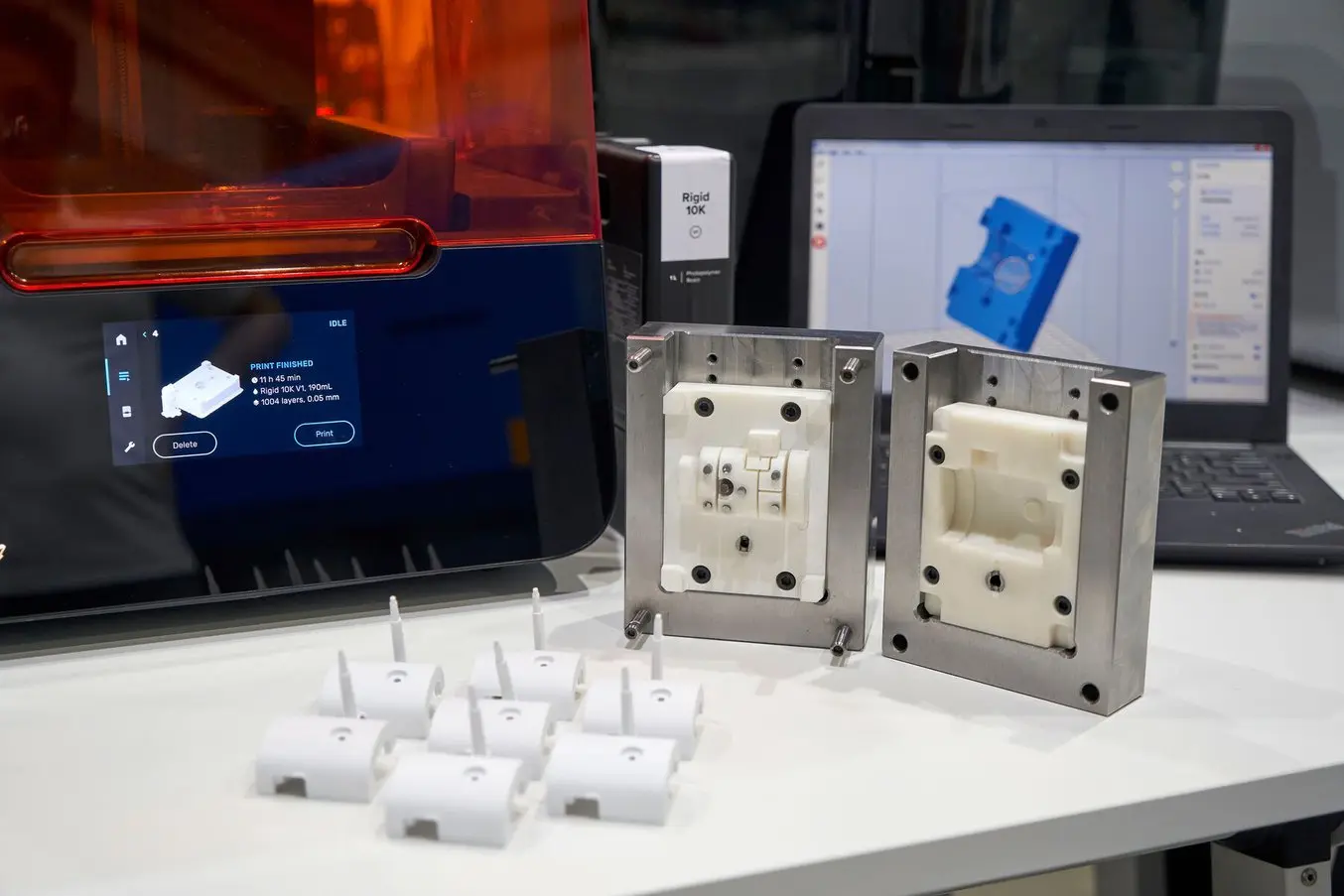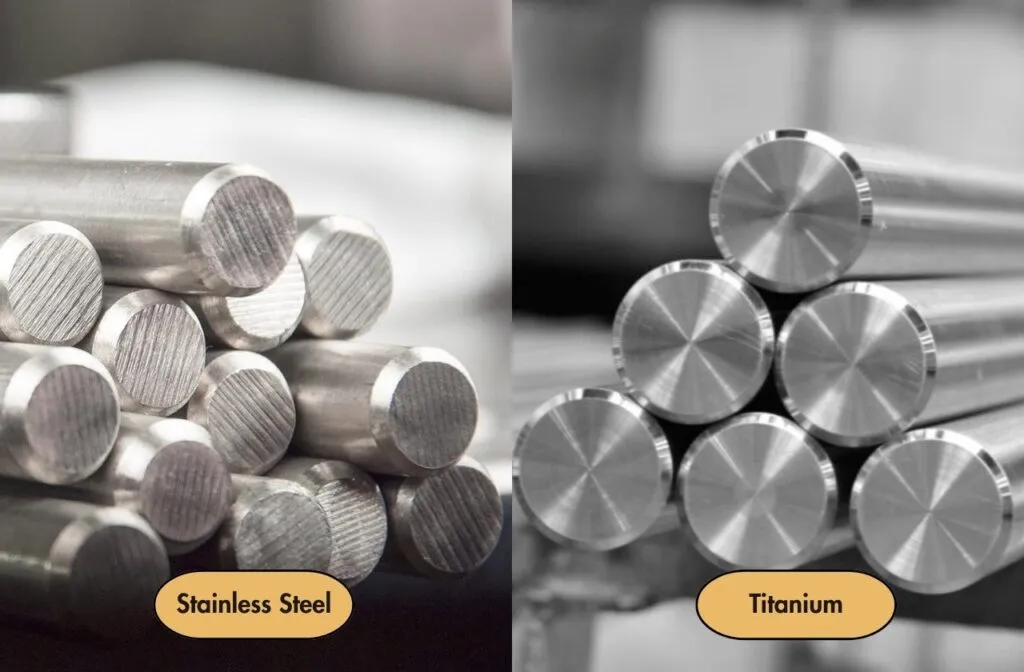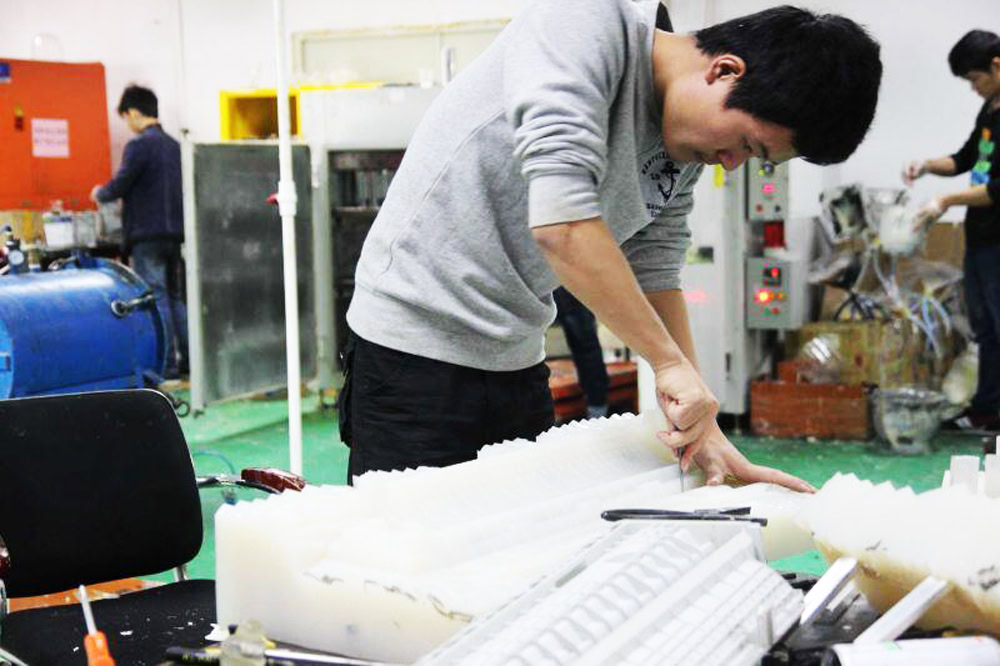Many such components around us in different industrial applications are manufactured using metals. Metal components are manufactured after passing through several processes; among them, sheet metal bending is also one of the most prominent methods.The process of manufacturing components through sheet metal bending is observed in various industries, and it is equipped with many types. If you look forward to knowing more about this process of manufacturing metal components, you are at the right place.This guide below will help you understand the different techniques of sheet metal bending, how this process proves beneficial, and what limitations it has. There is a lot to learn about sheet metal bending, so let’s read below:
Table of Contents
Toggle1. What Is Sheet Metal Bending?
Sheet metal bending is a part of the sheet metal fabrication process, and it allows to give shape to a metal sheet or bend it so that a desired design of a component may be achieved. In order to make metal stamping parts, this technique proves to be one of the most commonly opted processes.
In this process, a bending machine is used to transform the sheet metal into a desired shape, which helps in transformation. The process may sound simple, but more complex because it needs a lot of precision regarding dimensions.
2. Types of Sheet Metal Bending
There are different types of sheet metal bending processes, each with a different application and relevance; these are discussed below.
2.1 Folding
The folding of sheet metal is carried out using a cornice brake or a bar folder, and it comprises a clamping beam that helps to bend the metal sheet and achieve the desired shape. The metal sheet is bent in a V-shape with a positive or a negative angle.

2.2 V-Bending
The v-bending process, when used for shaping metal components, uses a die and a punch; the die is in a V-shape, and by bending it with the help of a punch, you can opt for different angles. The sheet metal is placed above the V-die, and the part is then bent with the help of a punch press.

2.3 Bottoming
Bottoming is a V-bending technique that compresses the sheet metal at the bottom of the die, which helps to create the required shape at the required angle. The issue of spring back can be resolved by opting for the bottoming process, and the metal sheet is shaped through force using the punch.
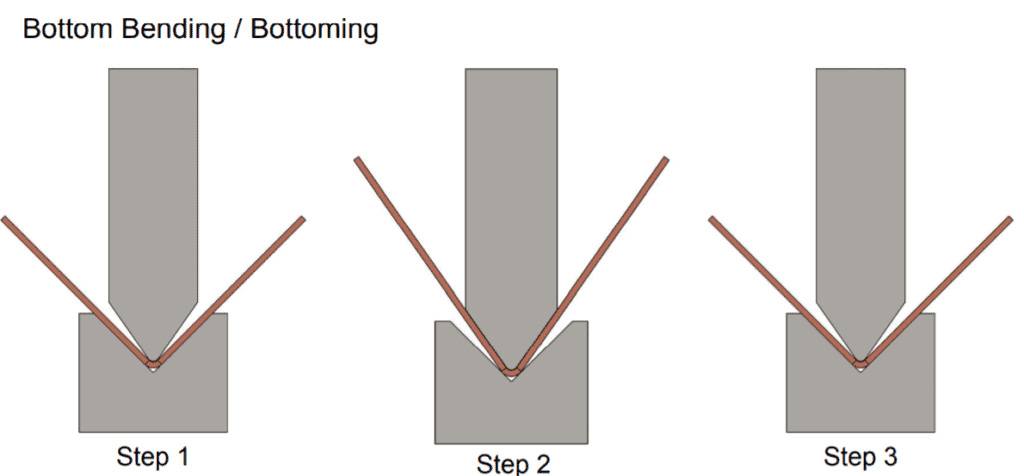
2.4 Coining
Coining is a technique to bend metal sheets, which helps create very high-profile parts. In this process, the bent parts do not spring back, and the coin helps to put a small dent in the sheet metal, which helps to create a bent and a difference, making it a popular technique.

2.5 Air Bending
Air bending is the easiest bending technique, but it needs to be more accurate and may spring back. In air bending, the sheet metal is placed in the die cavity, and the punch applies pressure.
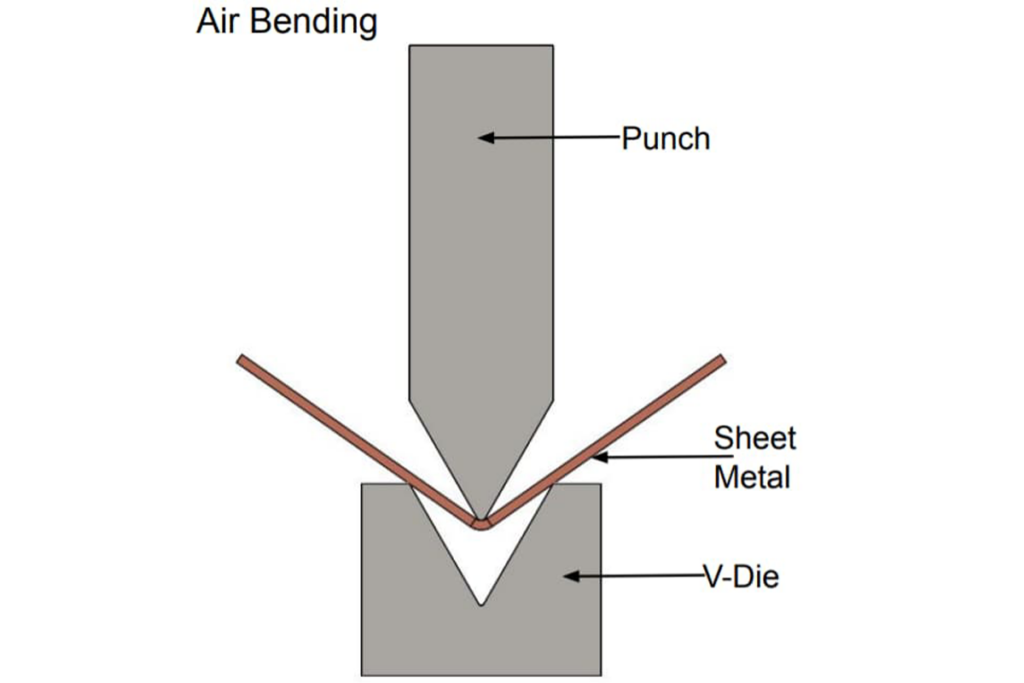
2.6 Wipe Bending
In the process of wipe bending, the metal part is secured with the help of a clamp on which the force is applied. The sheet metal when under the pressure of force, the impression of a die appears on the sheet. This process of bending takes less power and offers mechanical advantages over other forms of bending techniques.
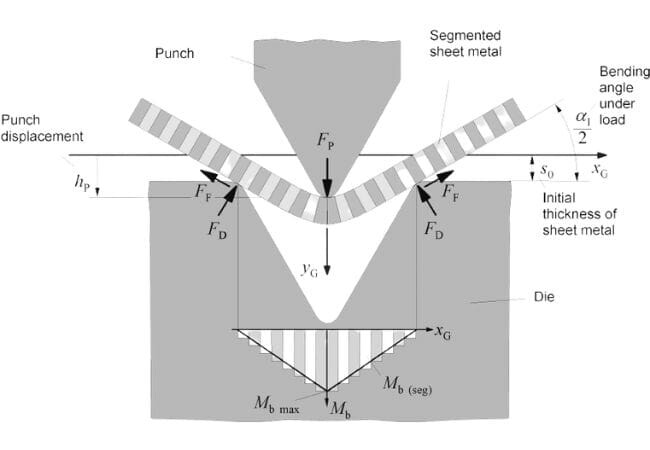
2.7 Roll Bending
Roll bending, as the name suggests, is a method that helps to create components of metal that have curves; this comprises cones and tubes. The sets of the rollers are used which help to have curves when the metal sheet is subjected to it.

2.8 Rotary Draw Bending
The metal parts are placed on a spinning die in this process, and these parts are then pulled to match the bend radius as needed by the application. This technique is commonly used so that the bent sheet metal part can be protected from creasing.

2.9 Step Bending
Step bending is a method used to bend sheet metal to manufacture components that is highly cost-effective and suitable for manufacturing components in small volumes. It helps to create continuous V-bends with a larger radius part.
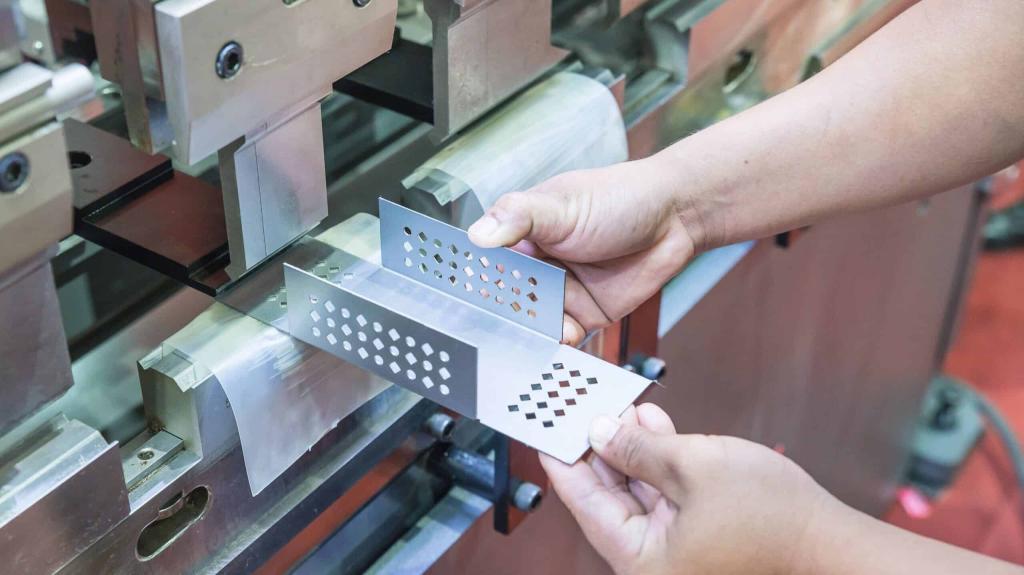
3. Advantages of Sheet Metal Bending
Sheet metal bending is a popular process used to manufacture metal components using sheet metal. Some of the benefits that it comes up with are discussed below:
High Accuracy
The results obtained by the sheet metal bending process comprise a high level of accuracy as it precisely determines the factor and the bend allowance. Hence, the manufactured components are highly precise.
Supports High Volume
The process of sheet metal bending may be subjected to automation; it needs less tooling, and hence, when it comes to producing a high volume of metal components, this process is highly effective.
Reduced Need for Secondary Procedures
The bending process is a wholesome process on its own, and after you have used it for sheet metal, you do not need any secondary processes for the components. Other procedures like cutting need a further welding or finishing process. Hence, the process of sheet metal bending is wholesome on its own.
Less Tooling Cost
The sheet metal bending process is simple, so the tooling cost is also less. Therefore, when fewer tools are used, you can save on the cost of the overall process.
Reduction in Part Usage and Weight
If you opt for sheet metal bending at a time, you can have it shaped without adding multiple parts to the tooling if you want one part to be bent. Moreover, the part you want to add strength to can be added through bending without any weight increase.
4. Limitations of Sheet Bending
The sheet metal bending process also has some downsides, which must be considered when opting for this method, along with its benefits. Some of these limitations are as follows:
Limitation of Thickness
One rule of thumb works regarding sheet metal bending: when the material is thicker, the bend radius is higher. This leads to producing tight bends on thinner metal sheets.Some of the complex parts made under this method may be made through lightweight material or suitable for applications based on lesser load. When the material is too thick, it leads to bulges after the sheet metal bending process.
Requires Uniform Thickness
The parts made through sheet metal bending are made using one material piece, which means that the thickness of separate portions of the same components needs to be uniform and unchangeable.
High Initial Investment
Sheet metal bending requires a high initial investment, and hence, when used for manufacturing metal components, it is suitable to help save on costs when the volume is high. The process does not cover the initial costs in low volumes.
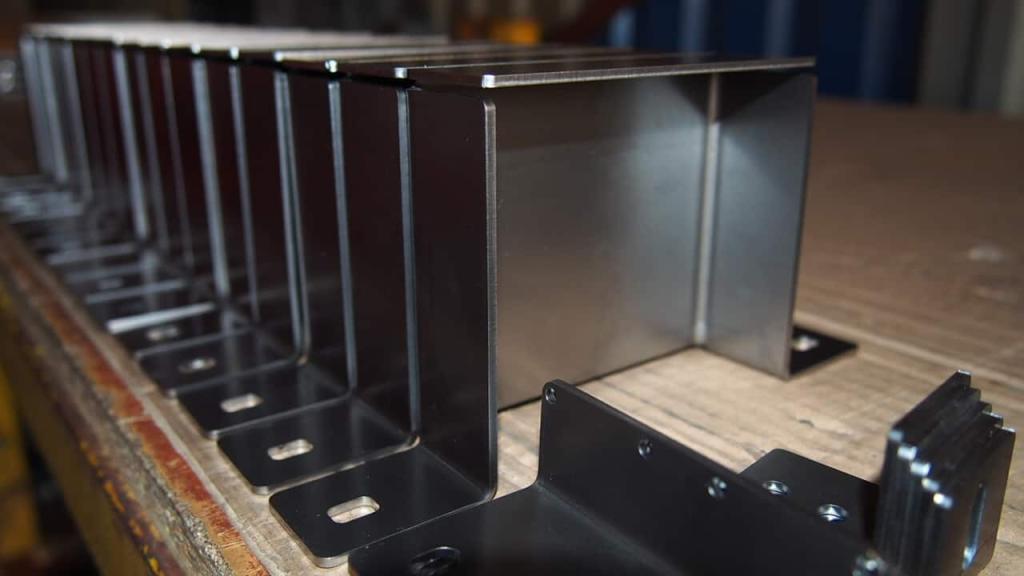
5. Sheet Metal Bending Applications
The process of sheet metal bending is highly popular in many applications, and in some way, most of the products made out of metal around us pass through this process. The common applications of sheet metal bending are as follows:
Household Appliances
Household appliances have numerous metal components in their assembly, most of which are made with stainless steel. Hence, household appliances like blenders, choppers, grinders, washing machines, and many others are manufactured composing sheet metal bending process-based parts. The example of a washing machine drum could have been designed through sheet metal bending.
Aviation and Automobile Industry
Parts of aircraft and vehicles are manufactured using metal material and passed through the sheet metal bending process for their information and decision. Bending allows the creation of the desired shape at the desired angles, which parts like side panels may need when it comes to bending sheet metal.
Construction Industry
Sheet metals are also widely used in the construction industry, and many areas like boreholes, rails for safety, and roofing tend to use sheet metal. To create them, a sheet metal bending process is observed.
Healthcare Sector
The healthcare sector uses numerous such equipment manufactured using sheet metal, and the process of designing metal sheets used in this equipment consists of sheet metal bending. MRI machines and patient beds are an example of such processes.
Manufacturing Sector
The manufacturing sector also depends on the sheet metal bending process to manufacture several such components like boilers used for different purposes.
6. Best Sheet Metal Material for Bending Process
The process of sheet metal bending is equipped with multiple forms of sheet metal, and some of the common metals that are used in this process and are very suitable to manufacture components using the bending process are as follows:
Carbon Steel
Carbon steel is a solid and flexible material used in numerous components manufactured through sheet metal bending. The best part is that carbon steel is a recyclable material, and it even reduces the carbon footprint.
Aluminum
Aluminum is used in applications where weight is a problem since it helps manufacture lightweight components. It is used in aerospace, and the sheet metal bending process may help manufacture the components. However, when bending is undertaken using aluminum, a lot of care must be exercised to ensure the corners do not crack.
Stainless Steel
The properties of stainless steel are commendable; it is a very strong material with corrosion resistance and, hence, is used in many components manufactured through sheet metal bending.
Copper
In applications where a high-precision bending process is to be undertaken, copper material is used widely, and being a cheaper option, copper has various applications. It is a corrosion-resistant material and is used in many industrial applications.
Titanium
Titanium is a very suitable metal for sheet metal bending because it is a strength-oriented material, and many products used as sports equipment or medical equipment are manufactured using this sheet metal followed by a bending process.

7. Sheet Metal Bending Tools and Equipment
There are different tools and equipment that are used in the process of sheet metal bending, and some of these are discussed below:
- The primary tool used in sheet metal bending is the brake, which is used in different forms. Cornice brake helps to clamp the metal sheet and creates a crease through force; press brake comprises of die and punch, which helps to give shape to the sheet; box and pan brake helps give numerous bend lines, and for this, they use finger like metal projections, straight brake is simple to use and offer excellent accuracy. Bending brakes offer to turn materials having varying thicknesses.
- A bar folder is a bending device with one handle to hold the sheet metal, which helps with bending in a single motion.
- Plate roller performs bending to create round components, and it is used for boilers, rigs, heat exchangers, etc.
- The bending folder helps to create parts with a maximum thickness level of up to 1 mm.
- Sheet metal roller helps produce circular objects, like arcs, bends, and cylinders.

8. Design Tips for Sheet Metal Bending Parts
To achieve seamlessly bent components of metal, it is essential to follow some of the essential tips in terms of designing these parts using sheet metals, and these are as follows:
- Through laser cutting, you can have bend reliefs created in the form of small incisions, and the thickness should be more than the thickness of the material.
- The material’s bending direction and rolling should correspond to one another.
- It is essential to create a parallel bending line to the side so that the placement purpose can be achieved properly.
- When you have proper spacing between the bends you achieve bends that are suitable for the component design.
- When creating continuous bends, it is essential to have the middle part of the component design have a length longer than the flanges.
- When the distance between the hole and the bend is less, this may distort the design.
- It is essential to ensure that the bends lay on the same line if there are multiple flanges.
- The die width should depend on the material’s thickness so that the design is suitable.
9. Conclusion
As you have gone through this guide above, everything about sheet metal bending must be understood by you. Learning about the different processes involved in sheet metal bending, the relevant tools, and the choice of sheet metals is very important. By having a keen understanding, it becomes easier to design components.
If you are looking for the finest quality components made out of sheet metal bending for your applications, you must contact AN-Prototype. You will be able to get a hold of the finest quality components with exemplary designs.
FAQ
1.What requirements are to be followed for sheet metal bending?
Ans. To achieve the right design, the radius of the smallest bend should equal the thickness of sheet metal.
2.Which form of Steel is best for sheet metal bending?
Ans. The most common form of material opted for sheet metal bending is carbon steel, it is highly flexible and reliable when it comes to manufacturing components.
3.Which are the most resistant metals to bending?
Ans. Tungsten is the hardest metal, and iron is also very hard; hence, they do not bend easily and can withstand heating and melting.
4.Which material bends easily through sheet metal bending?
Ans. Metals with high malleability are very easy to bend, like solver, copper steel, and gold, and they can easily be shaped as needed with versatile designs.
What are the properties of metals which lead to an impact on bending?
Ans. When it comes to the bendability of the metals, the yield strength and material purity is the property that leads to an impact on bending.



